I'm currently very busy working on my forthcoming book, so I asked the Irish podcaster and blogger Nadia to guestblog. I know many of you enjoy my knitterly guide to Scotland, so here is Nadia's fibre-filled guide to Ireland. I hope you enjoy!
Kx
---

Image 1 © J. Seaver
I know what you’re thinking: most of you dream of Ireland filled with green fields, sheep and lots of fibre related crafts. While in a way, you are right, everything is probably a little more spread out here then you think. So, let me take you on a province by province yarny trip of Ireland and as this is my guide, the sun is shining, birds are singing and you all magically have sparkly wellies for spontaneous field trips!
Leinster
To start with a little history, you can visit the Museum of Decorative Arts in Collins Barracks to have a glimpse into Ireland’s textile history before starting on a yarn crawl to the local yarn shops This is Knit in Powerscourt Townhouse, The Constant Knitter on Francis Street and WM Trimmings on Capel Street. Leaving the city center you have Spring Wools in Walkinstown and Winnies Wool Wagon in Blackrock. Starting early in the morning we are off to Co. Wicklow where you can visit the beautiful Powerscourt estate before having an afternoon tea and some baked goods at Avoca HandWeavers. Now further south it’s off to the National Craft Gallery in co. Killkenny before checking out the fabulous Cushendale Woollen Mill.
Munster
Waterford is my personal favourite with Waterford Crystal and the Museum of Treasures in the viking triangle worth a visit. While in Co. Kerry visiting the locations of famous movie sets, you can stop at Kerry Woollen Mills and visit the mill. If weaving is also of interest to you, a visit to Lisbeth Mulcahy in Dingle is a must. Moving on to Co. Clare to McKernan woollen mills if you want to see some looms in action. A trip in Munster wouldn't be complete without a trip to the Hedgehog Fibers and Vibes & Scribes while in Co. Cork.

Image 2 © J. Seaver
Connacht
The Museum of Country Life is one to visit while in Castlebar, Co. Mayo if you want to learn more about the different types of Irish traditional lifestyles. The Connacht Textile Crafters meet up here so check to see if you can catch them while you visit. While in Mayo you can pick up some craft supplies in Lunasa and you can watch the looms at work in the beautifully restored Foxford Woollen Mills and popping by Beth Moran of Ballytoughey Loom before heading off in a more northerly direction. A personal favourite of mine is a trip to the Aran Islands to explore everything they have to offer, before settling in for the joy of Galway city with a yarn top up at the Crafty Stitchers.
Ulster
This may be the last section of our journey but it is by far one of the most beautiful and breathtaking in Ireland. I have a deep love for Ulster from spending so much of my childhood there. We have to start out with the Yarn Spinners of Inishowen before continuing the theme of spinning with a trip to Johnny Shiels cottages in Inishowen to have a look at his wonderful wheels. Do drop him a message first through the web or Facebook because he might be off visiting local schools sharing his vast knowledge and inspiring the local youth. While we are on the subject of spinners, you should also have a quick check in with the Ulster Guild of Weavers, Spinners & Dyers you might be in luck and your travel dates coincide with a meet. For a yarn top up you have Love Wool in Portadown, The Wool box in Lurgan and Lighthouse yarns in Whitehead.
From here I would also recommend a trip to the Ulster American Folk Park. Yes I know it’s on every tourist site out there but during their exhibitions I learned how to basket weave, how to plait straw into dolls and braids and I had an in depth talk about clothes and textiles of the time. No visit to Ireland would be complete with a visit to Donegal Yarns. You can visit the working mill and the surrounding area is one of the most picturesque in Ireland. While here why not pop in to Edel Mc Bride to have a look at some knitwear. On our way back to Dublin, we cross back in Lenister once more and stop off in Carlingford. Why? Because I spent a day on the mountain with a packed lunch hugging sheep and visiting the derelict buildings of a famine village and seriously who doesn’t want to do that?
 Image 3 © L.Sisk
Image 3 © L.Sisk
Returning to Dublin for rest and now filled with the knowledge of fiber in Ireland. You can head to both This is Knit in Powerscourt Townhouse and The Constant Knitter in Francis street to squish some final skeins and top up on yarn before heading back to the airport or ferry.
Before your visit why not check out The Dublin Knit Collective for the nights you are in Dublin if you would like to meet up with local knitters. The Irish Guild of Weavers, Spinners and Dyers also have meetings and events and you never know you might even get a glimpse of a Great Wheel made by one of the members!
I hope you all enjoy your trip, prepare for rain... the wellies are not a joke!
Like Karie’s Guide to Scotland, all recommendations are from my own travels, including the hug a sheep part and yes I apologised profusely. I haven’t been bribed to include places in the post with either money, baked goods or promises of yarn. I would love to hear your favourite yarn shops in Ireland and other suggestions as I’m sure there are places I haven’t gotten to visit yet!
Love, Nadia
(Catch up with Nadia's lovely podcast here.)

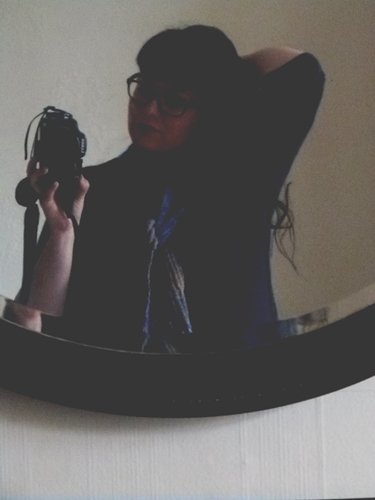




 Image 3 ©
Image 3 © 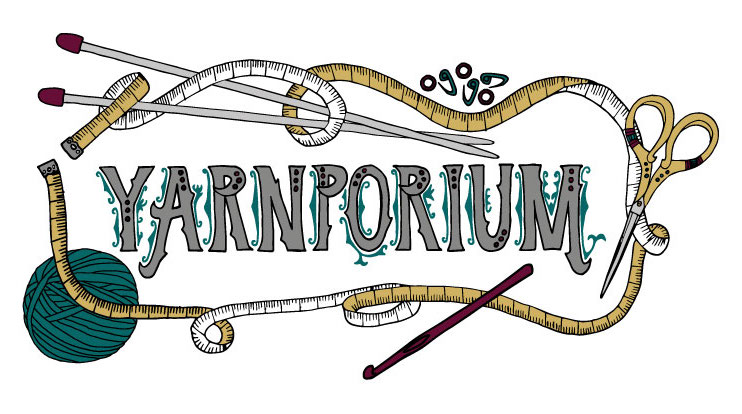 I'm currently packing my bags for London. This weekend, November 5 & 6, I'll be teaching at
I'm currently packing my bags for London. This weekend, November 5 & 6, I'll be teaching at 
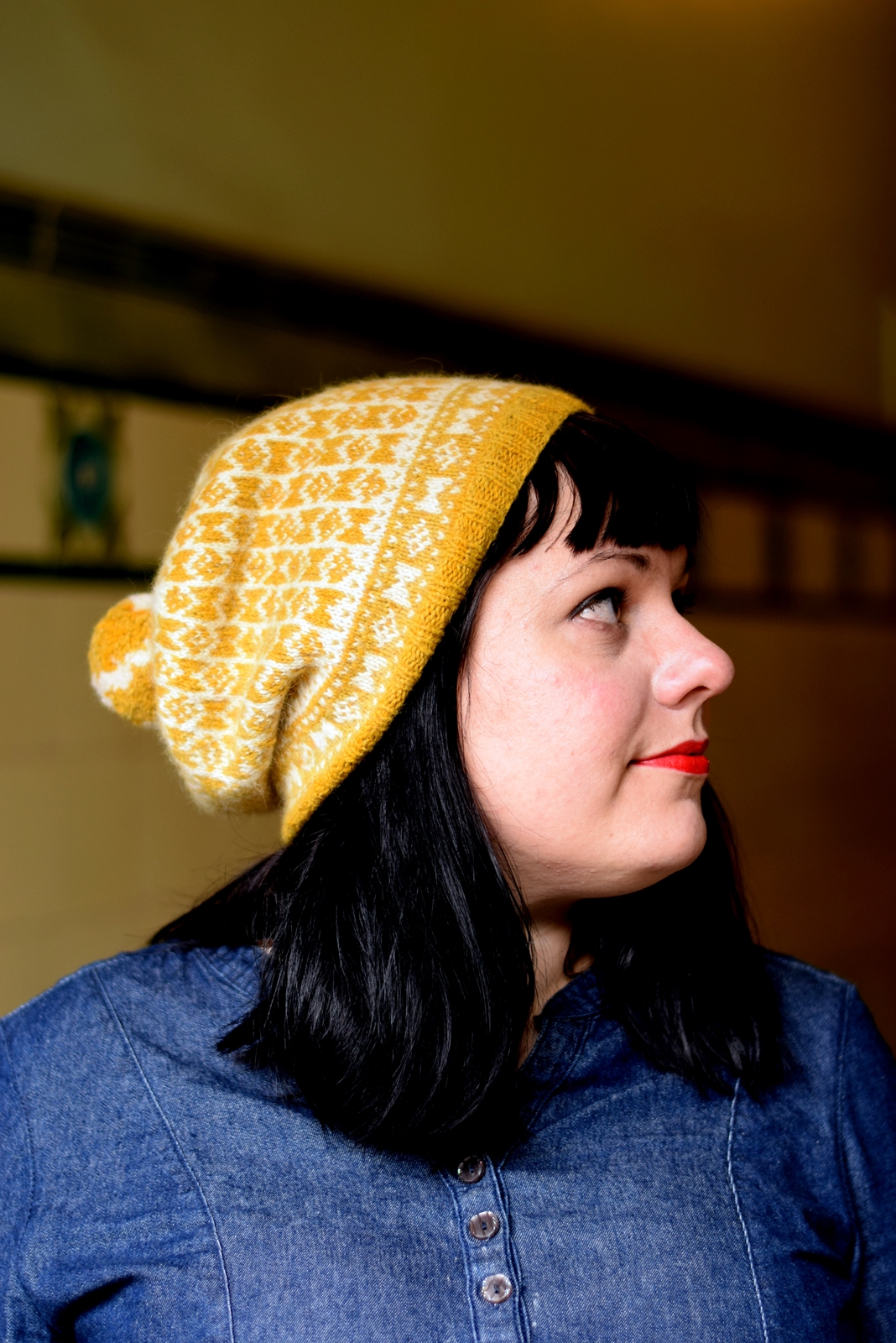 Judging by my inbox, this pattern launch should please a lot of people out there! Say hello to the Burnet hat! This was an Edinburgh Yarn Festival 2016 exclusive pattern, but the copyright has now reverted to me. Burnet is one of my own personal favourite patterns and I am so happy that so many of you agree with me!
Judging by my inbox, this pattern launch should please a lot of people out there! Say hello to the Burnet hat! This was an Edinburgh Yarn Festival 2016 exclusive pattern, but the copyright has now reverted to me. Burnet is one of my own personal favourite patterns and I am so happy that so many of you agree with me!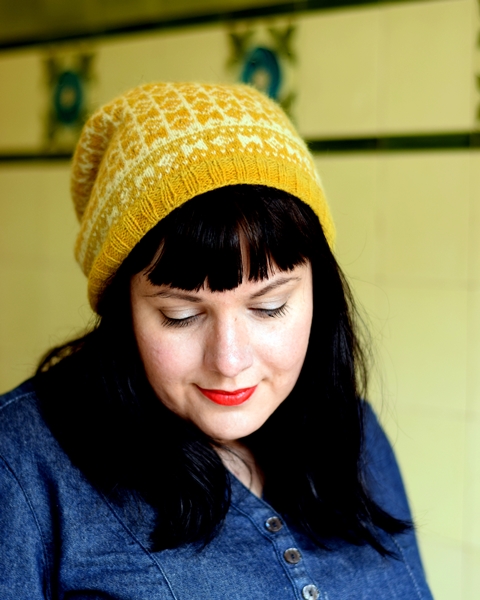
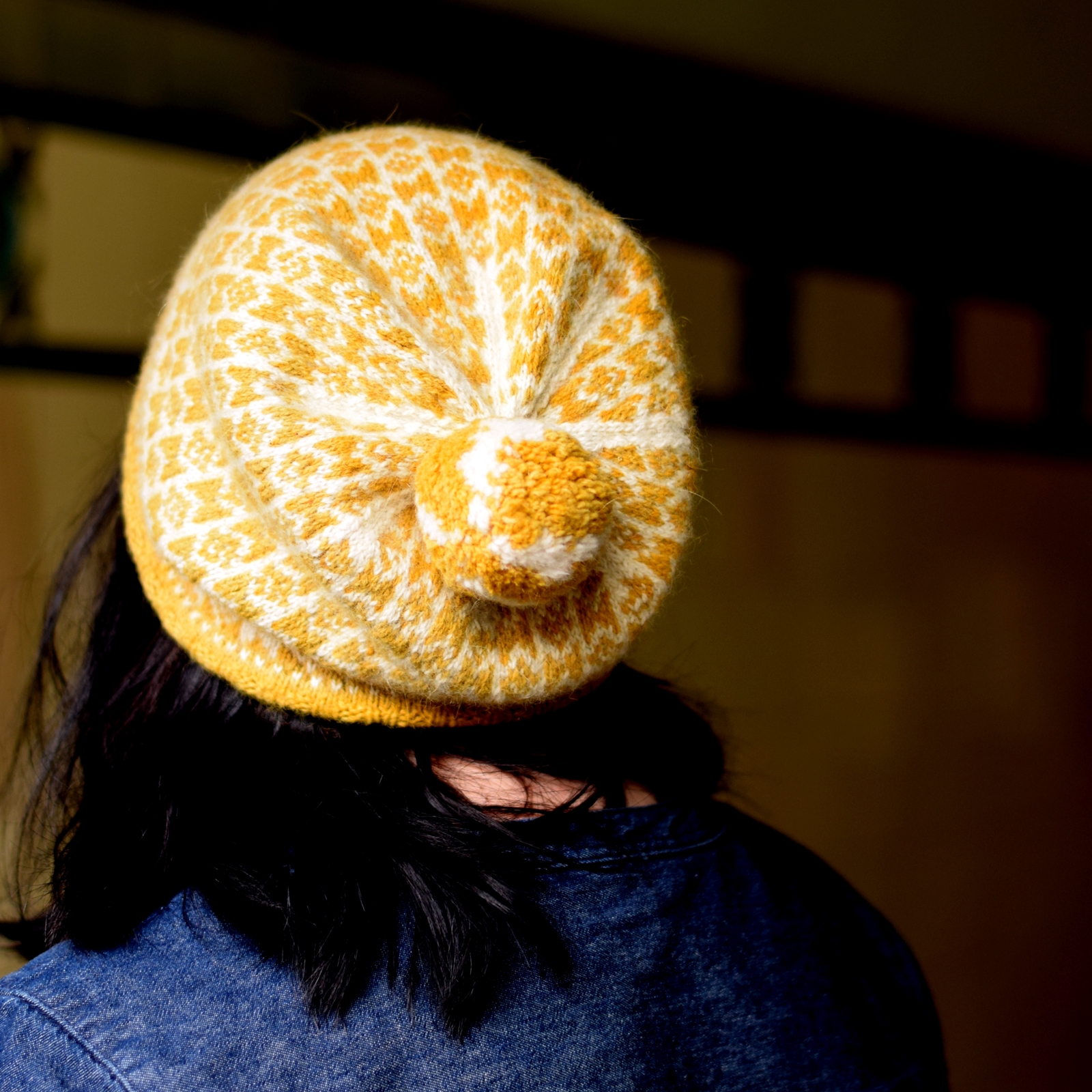 Burnet is knitted using two hanks of
Burnet is knitted using two hanks of